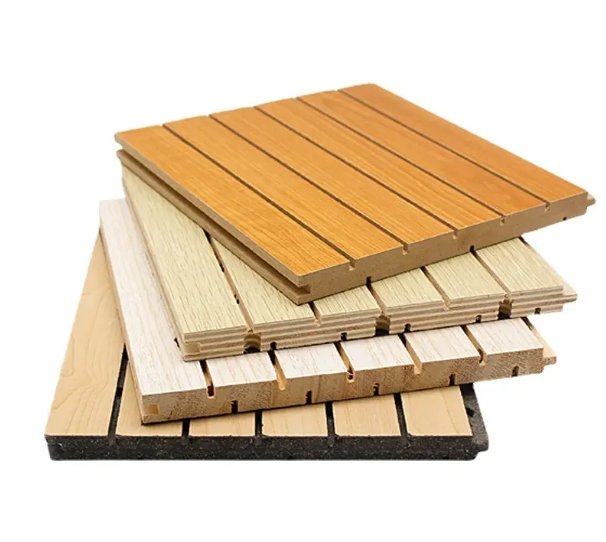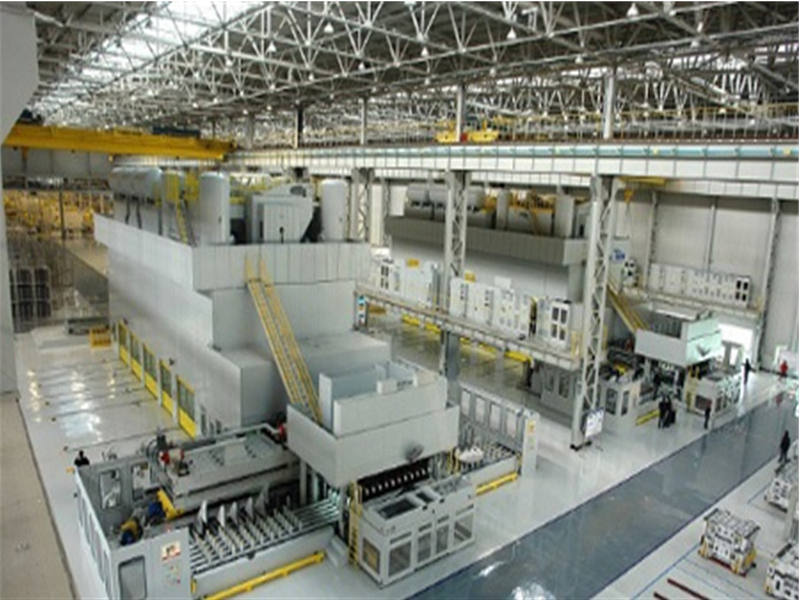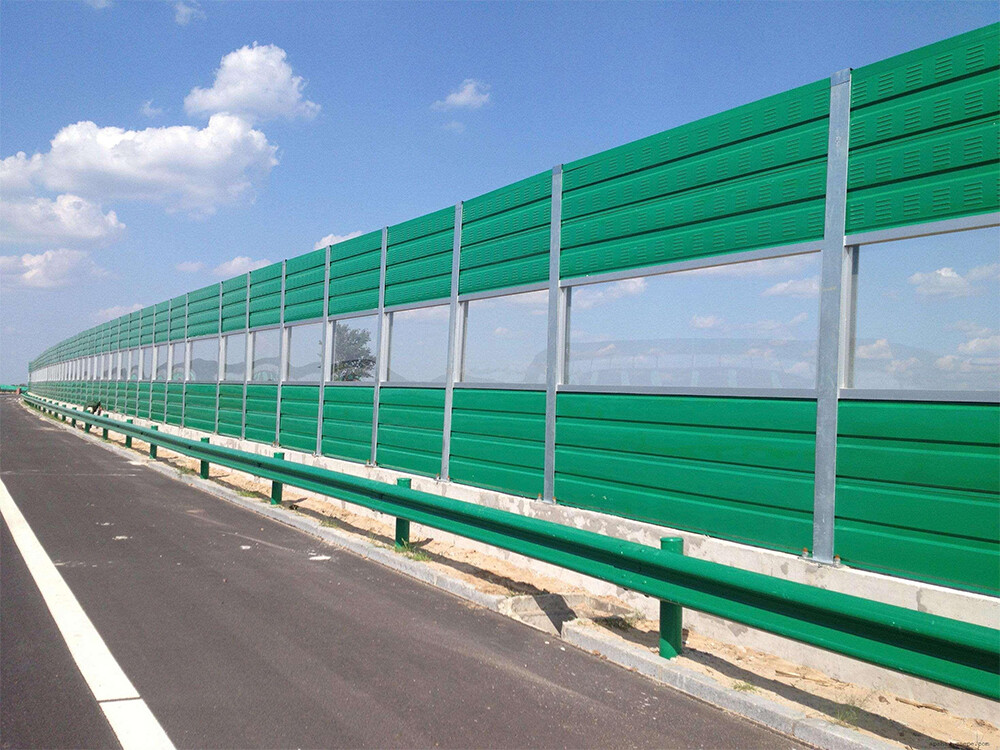
NEWS
Categories List
We know that people are more particular about decoration nowadays. There are many aspects of pollution, such as light pollution, water pollution, air pollution, noise pollution, etc. Speaking of noise pollution, many people will choose sound-absorbing materials to reduce pollution when decorating. The following editor will introduce to you what sound-absorbing materials are and what the main functions of sound-absorbing materials are.
What are the sound-absorbing materials?
1.Porous sound-absorbing materials: porous materials such as mineral wool, glass wool, felt, wood wool sound-absorbing panels, etc. This material also has good medium and high frequency absorption, and when there is an air layer behind it, it can also absorb low frequencies.
2. Perforated plate resonance sound absorption structure: perforated plywood, perforated fiber cement board, perforated paper gypsum board, perforated metal plate, etc. generally absorb medium frequencies, and combine with porous materials to absorb medium and high frequencies. It is important that the large cavity behind it can also absorb low frequencies.
3. Thin film sound absorption structure: plastic film, canvas, artificial leather and other thin films are medium-frequency sound-absorbing materials. The thin film sound absorption structure composed of the film and the cavity behind it can absorb low and medium frequencies.
4. Spatial sound absorber: The sound absorbing material is made into various shapes of spatial sound absorbers and hung in the air. Because its sound absorption area is much larger than the projection area, it can be said that its sound absorption coefficient can be greater than 1 according to the projection area. The sound absorber is hung in a position with high sound energy flow density (for example, close to the sound source, where the reflection is focused) to have a better sound absorption effect.
5. Curtain: The breathable textile is used as a curtain and installed at a certain distance from the wall or window hole, just like an air layer is set behind the porous material, so it can be said that it has a certain sound absorption effect on the mid-high frequency. What is the main.
What is the main function of sound-absorbing materials?
1. Control the reverberation time of the sound quality of the hall, such as concert halls, theaters, recording studios, studios, listening rooms, conference rooms, multi-functional halls, gymnasiums, auditoriums, etc. Generally speaking, when arranging this kind of sound absorbing materials, suitable sound absorbing materials will be selected to achieve a better reverberation time.
2. For some public transportation buildings, such as some airport waiting halls, station waiting rooms, dock waiting rooms and other buildings. Since it is necessary to continuously broadcast information such as the departure, arrival or delay time of airplanes, vehicles and ships, etc. Generally speaking, sound-absorbing board materials are appropriately arranged on the ceiling and walls. On the one hand, this can improve the clarity of the broadcast information; on the other hand, it can also reduce the noisy noise of passengers, so that the environment can be quieter.
3. Eliminate the sound quality defects such as echo and sound focusing in the hall. When the sound path difference between direct sound and reflected sound reaches 17m, the time difference between the two sounds reaches 50ms, and the human ear can hear the echo. In some longer halls, the reflected sound of the back wall is easy to produce echoes near the seating area at the stage entrance. This can be eliminated by arranging strong sound-absorbing board materials on the back wall. The arc-shaped back wall and dome-shaped roof of the building will also cause focus in the hall. If you want to maintain the original indoor trapezoid, then you can use the method of arranging strong sound-absorbing materials on these inner surfaces to eliminate the focus on the hall.
4. Improve the sound insulation of thin board walls. For thin board walls such as gypsum board, calcium silicate board, FC board, TK board and fireproof magnesium cement board, porous sound-absorbing materials such as glass wool, rock wool and mineral wool can be filled in the interlayer to improve the sound insulation effect of such board walls.
Summary: This is the introduction to the main functions of sound-absorbing materials and the types of sound-absorbing materials. There are still many types of sound-absorbing materials. When choosing, you should see where you are going to use them. There are still some differences in the materials used in different areas.
Leave A Reply

Get in Touch
*We respect your confidentiality and all information are protected.


